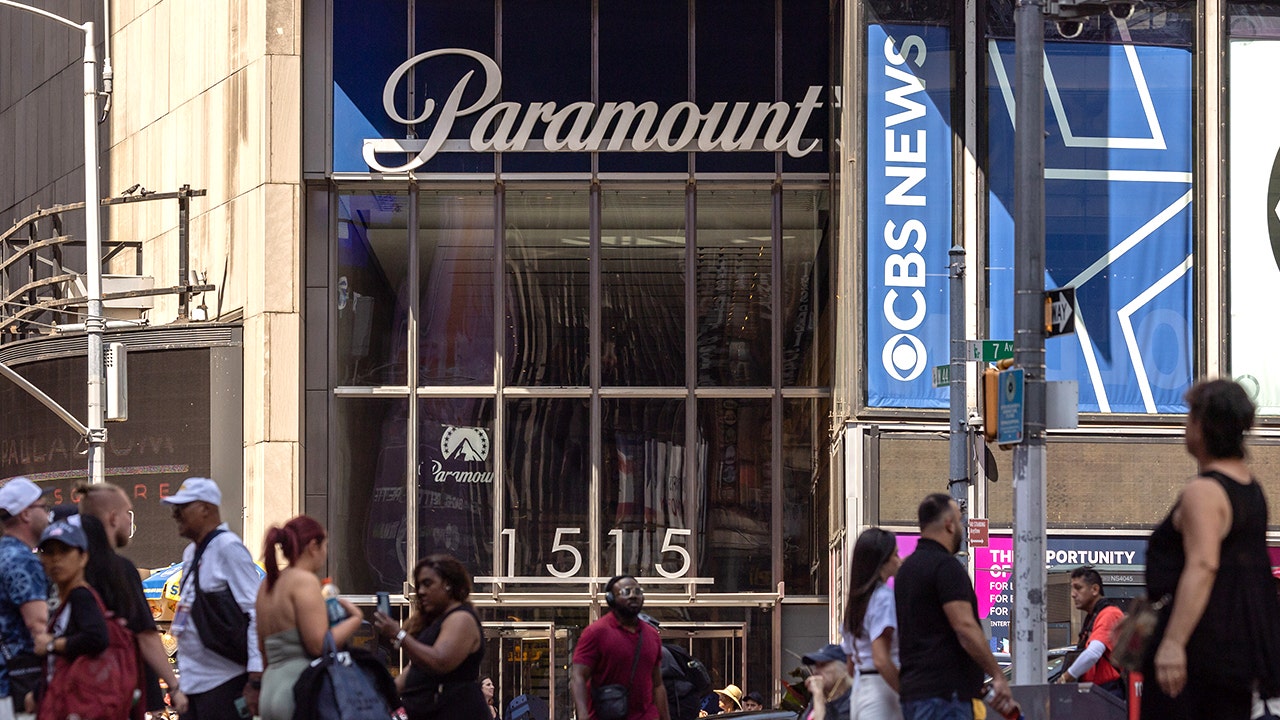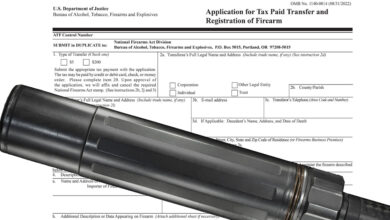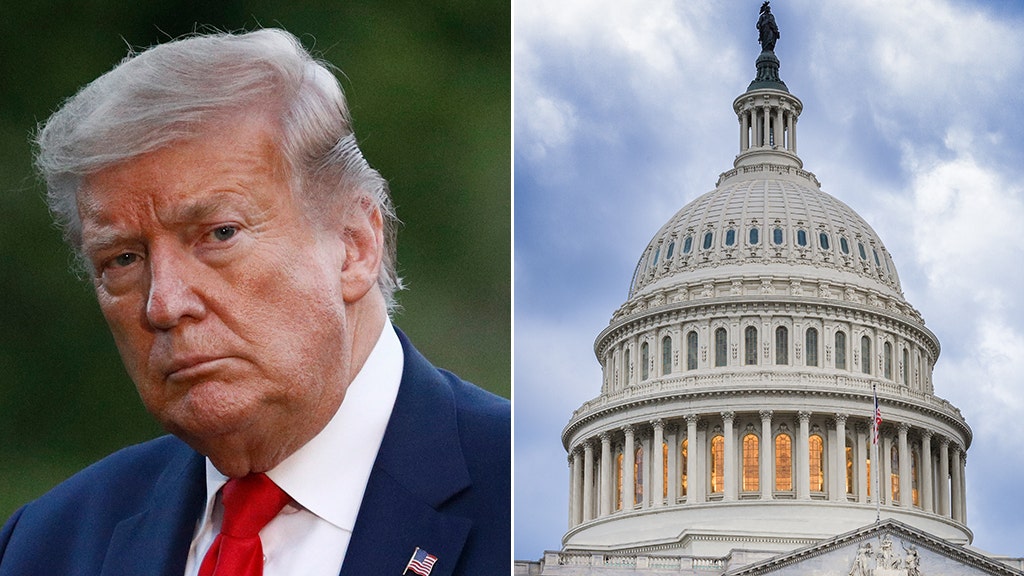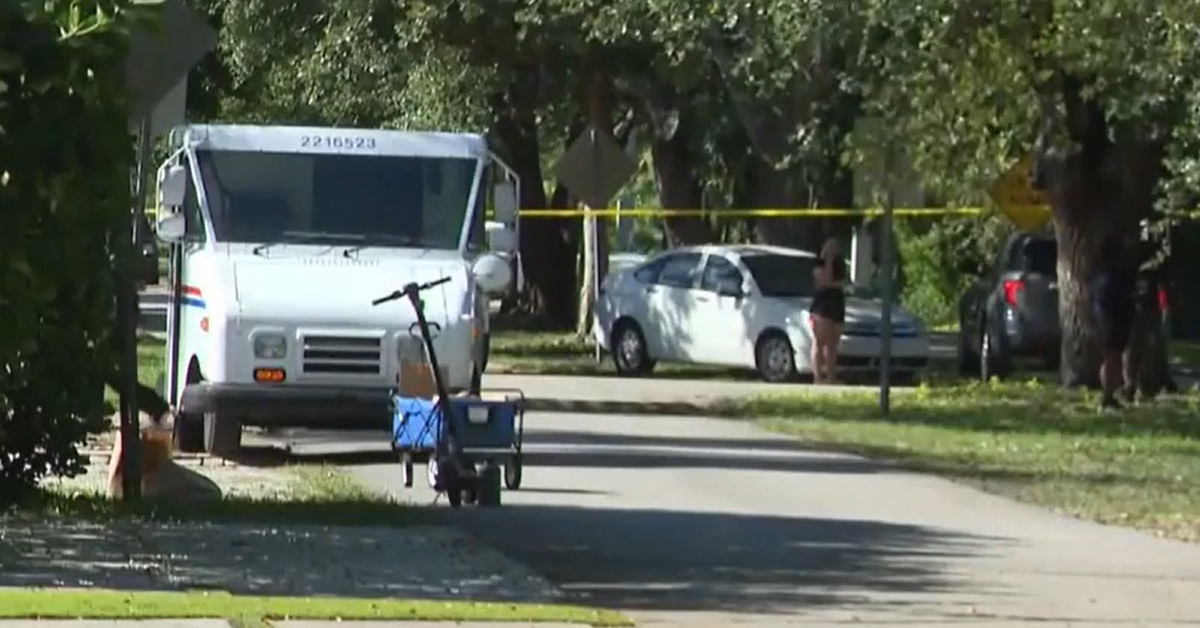Letters on display from the mastermind of Pearl Harbor attack

For the first time, two letters written by Japanese Adm. Isoroku Yamamoto — the architect behind the Dec. 7, 1941, attack on Pearl Harbor — have been made public.
Donated by the naval officer’s descendants, the two letters are now on display at the Fukushima Museum in Japan to mark the 80th anniversary of V-J Day this year.
While once decried as a villain, postwar investigations of Yamamoto have considerably changed the picture of the Japanese admiral.
“It was a peculiar tragedy of Japan’s ultranationalist psychodrama,” writes Ian Toll in his trilogy on the Pacific War, “that the men best qualified to deal with the West were shunted to the margins of power.”
Toshikazu Kase, a chief secretary to the foreign minister throughout the war years, put it more bluntly when he wrote, “Events sometimes overwhelm you, surge around you, and carry you along. You can’t always move them. One man’s will is not enough to do anything. War has a life of its own.”
Yamamoto was among those officers left adrift among the growing tides of war. While not shunted to the margins of power, the admiral was torn between a sense of patriotic duty and the reality on the ground.
On Oct. 14, 1940, Yamamoto wrote to Kumao Harada, secretary to Prince Saionji: “To fight the United States is like fighting the whole world. But it has been decided. So I will fight the best I can. Doubtless I shall die on board Nagato. Meanwhile Tokyo will be burnt to the ground three times.”
According to NHK World Japan, the letters on display were sent to the naval officer’s wife’s parents in Aizuwakamatsu City, Fukushima Prefecture.
Museum officials note that the content of the letters relay that Yamamoto was calmly assessing the early stages of the war.
One of the letters, dated Jan. 13, 1942, was written while aboard his flagship Nagato (one month later the Yamato would become the admiral’s flagship). He wrote that he engaged in a mission of heavy responsibility and that while it managed to achieve a minor victory, this was due to the United States’ inattention and negligence. A full-scale battle, he continued, would start later.
The other letter on display, dated April 1942, was written while he was aboard the Yamato in which he discussed his desire to visit the graves of his ancestors after the war.
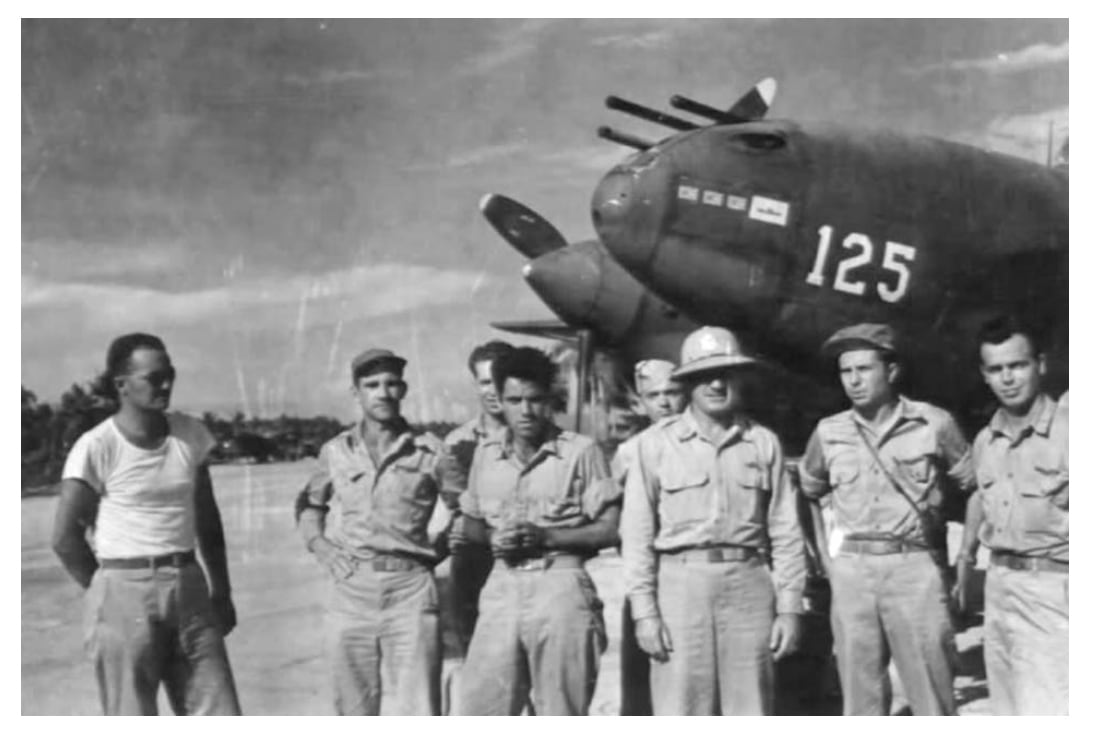
Yamamoto would be killed one year later, on April 19, 1943, over the skies above Bougainville in the Solomon Islands. The hatred among the Americans for the mastermind of Pearl Harbor was palpable.
One of the American flyboys, Maj. John W. Mitchell, commanding officer of the U.S. Army Air Forces’ 339th Fighter Squadron, reportedly asked upon receiving the mission to kill the admiral, “Who’s Yamamoto?”
Capt. Thomas Lanphier Jr. simply said, “Pearl Harbor.”
“We’re going to get this bird,” the Navy planners told Rear Adm. Marc A. Mitscher and Lanphier. “We mean for you to nail him if you have to ram him in the air.”
Claire Barrett is the Strategic Operations Editor for Sightline Media and a World War II researcher with an unparalleled affinity for Sir Winston Churchill and Michigan football.


